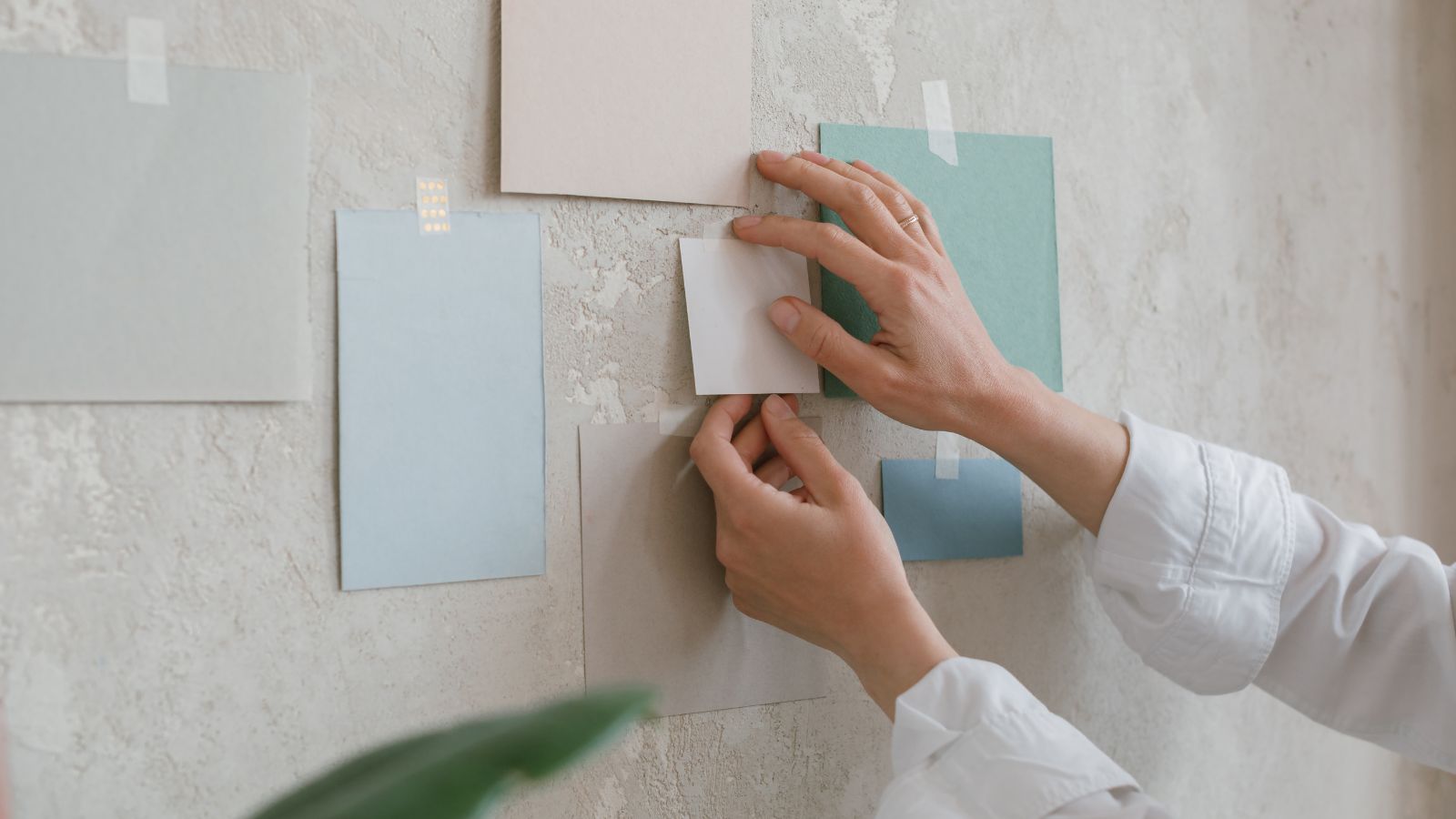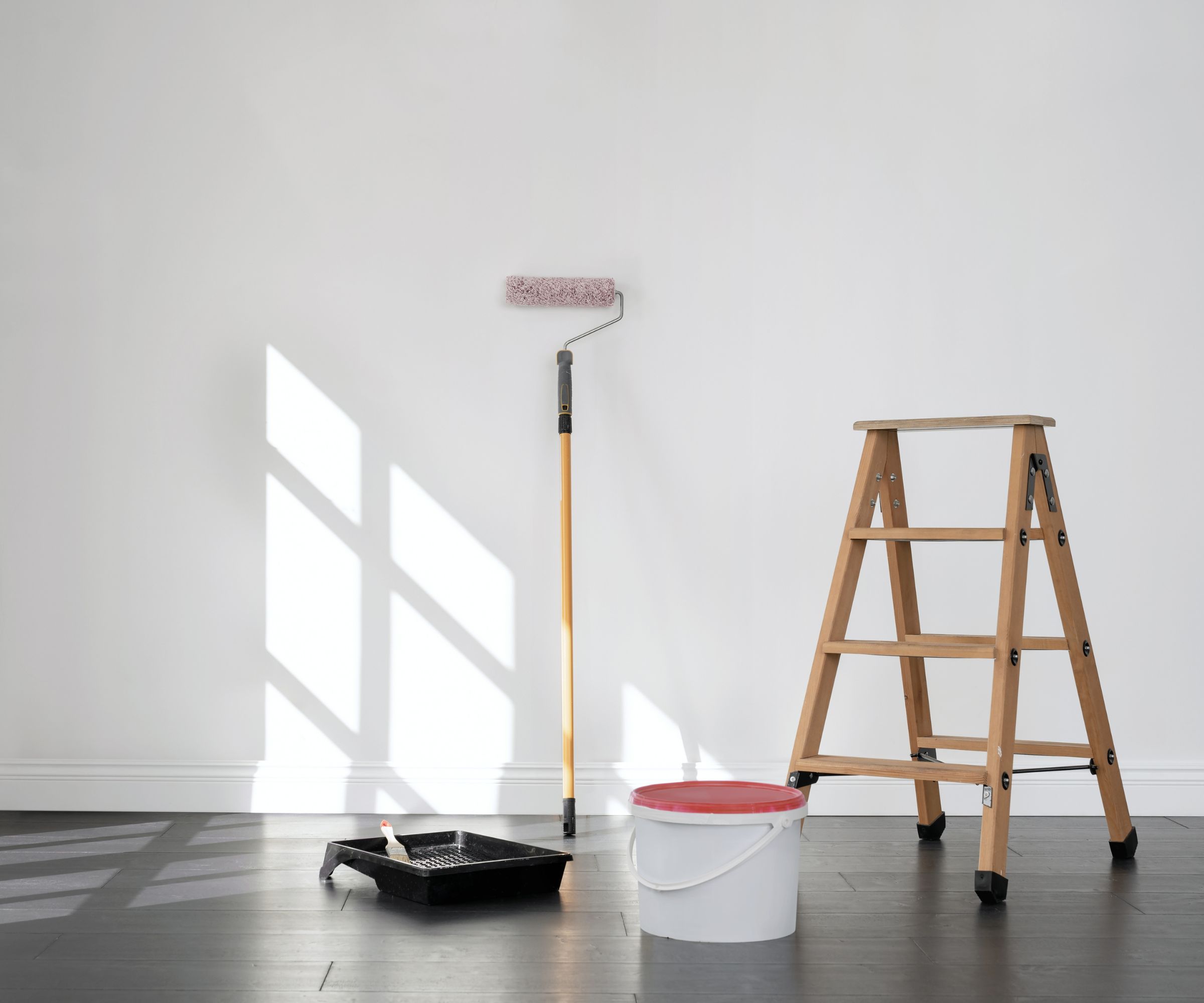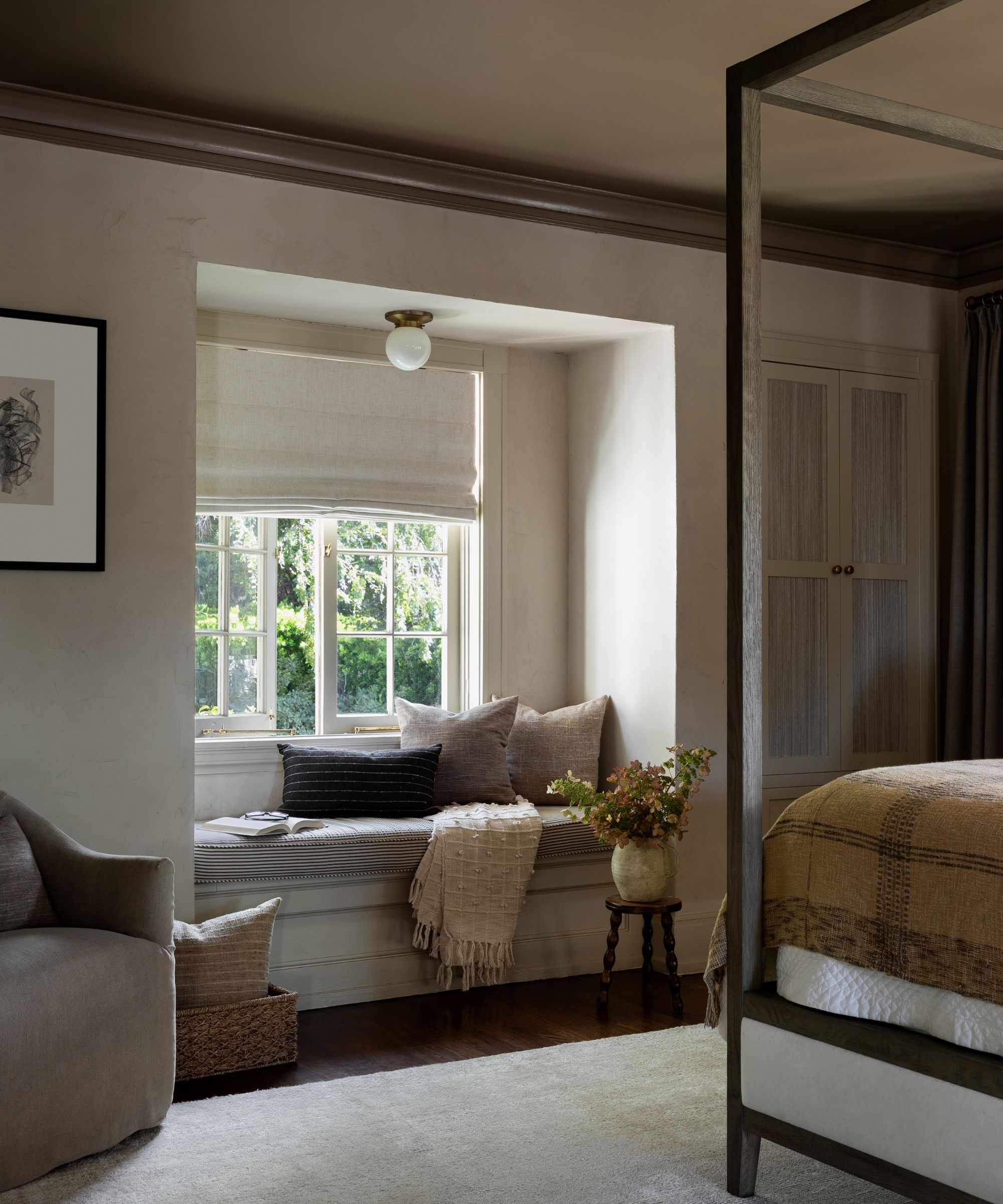
There is nothing worse than finishing painting a room and realizing that you actually hate the color. Not only is it a waste of time and energy, but of budget too.
It seems to sting more when you use a paint sample before you start painting too – so why does this happen? Chances are, you didn't use the paint sample correctly. And yes, there are rules.
Here, paint and color experts explain how to use paint samples correctly the first time to prevent decorating mistakes.
How to use paint samples correctly
Whether you are refreshing and painting a room for a new scheme or trying to match paint already on the wall, using paint samples is essential. However, if you put them in the wrong place, use the wrong size sample, or use too few samples, it can all end in disaster.
Where to put paint samples

When choosing paint colors, you must try the colors out in several places around the room, begins Spencer Jones, decorator and owner of Fresco Painting. There are generally two things that affect how a paint color looks – lighting and context, so viewing the sample in all different light levels and next to your furnishings and trim in the space can make a big difference to your final decision.
‘I'd recommend painting your samples on a wall that gets both natural light as well as light from your cans or fixtures so you can get a good understanding of what the paint color will look like with different types of light,’ Spencer suggests. ‘Some colors can look drastically different in natural light. I'd also recommend you pay careful attention to the paint sheen chosen as that can make a huge difference in how your chosen color looks and feels.’
Test the paint on each wall, both across from and beside your windows for a full view of the final look. Try placing the sample on your furniture, too, to see it in context. The last thing you want is to paint the space and realize your desk or chair looks awful next to it.
The best size for paint samples

While you do not need to cover an entire wall with your new paint ideas to help pick a color, it is still important to use a sizeable sample so you get a real idea of how it looks in the light, and how it looks on a large surface area, warns Shlomo Cherniak, professional handyman and owner of Cherniak Home Services.
‘A sample size of around one square foot is typically sufficient for assessing color accuracy and compatibility with the space,’ he recommends.
Decorator Spencer Jones adds that leaving this large sample in place for at least one week will help you to finalize your decision without making any mistakes. You might love the idea of the color at first, but within a week realize that it is impractical, or too trendy.
How to test paint samples in light

Trying to understand how light affects paint colors can be a bit of a mind-bender, but it is essential if you do not want to end up with a room you hate, warns Flora Hogg, interior designer and color consultant at Craig & Rose:
‘Understanding the orientation of your room can provide insight into how paint colors will be affected by sunlight and help you determine the desired feel for the room.
‘Typically, south-facing rooms receive warmer and more direct light, while north-facing rooms tend to have cooler and indirect lighting. If you want your north-facing room to not be so blue, try color correcting with a paint color with a peachy undertone.
‘Look at the sample during the day and night, with natural light and artificial light, taking into account the angle of the light, the casting of shadows, and the influence of artificial lighting.’
This color sample card from Farrow & Ball helps you view all their colors in one handy pamphlet, perfect for whittling down your sample choices.
If you don't want to paint before painting, these Sherwin Williams peel-and-stick samples are ideal.
These smaller pots of Benjamin Moore paint are perfectly mixed to give you a taste of your paint color before splurging on a whole can.
FAQs
Should I prime over paint samples?
If you have swatched a paint sample directly on the wall before painting, it is a good idea to either prime over it when preparing a wall for painting or sand it back so that it doesn't leave a harsh line or a dark spot when you go over it with the full coat.
Why does my paint not look like the sample?
If your final paint color does not match your sample, it can be for a couple of reasons:
- It might be that you tested the paint sample in only one spot in the room, and now it is on all of the walls, it looks different in the different light levels of the space.
- It might also look strange if you didn't test a large enough paint swatch and the color, when viewed on a large surface area, appears different as it bounces off itself and is seen in context with the items around it. For this reason, it is important to test large swatches in all different areas of a room before committing.
When picking a paint color for a room, a good painting tip is to pick at least two or three colors or variations to test in the space. This will help you to pick the best variant for your walls. Picking just one sample and hoping for the best can be just as bad as not sampling a paint color at all.







